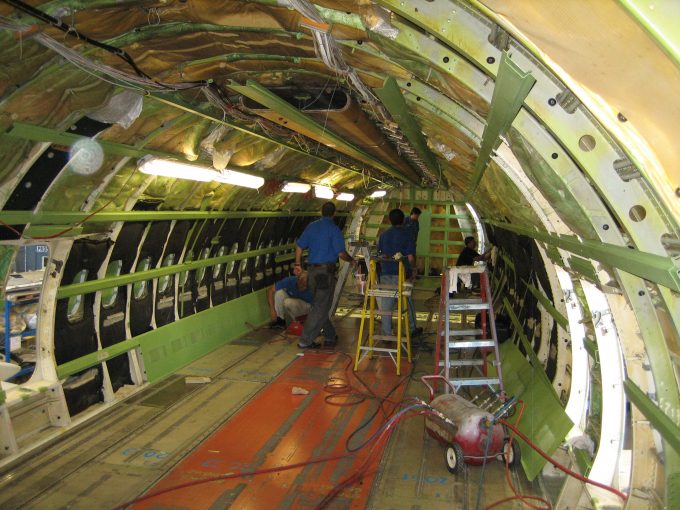FAA launches probe into Boeing 787 Dreamliner safety issues
Airlines in line for delivery of Boeing 787 Dreamliners are facing longer wait times as ...

Aircraft passenger-to-freighter (P2F) conversions are continuing at a stable rate, but experts are keeping tabs on a potential oversupply scenario.
The latest freighter value analysis by aviation advisory firm IBA shows conversion rates progressing steadily. The B737-800 leads narrowbody conversions and IBA suggests this could be a record year, perhaps reaching 60 aircraft.
“It may even slightly exceed 60,” said Jonathan McDonald, manager ? classic and cargo aircraft at IBA.
Just over 55 B737-800s were converted last year and it’s by far the ...
Asia-USEC shippers to lose 42% capacity in a surge of blanked sailings
USTR fees will lead to 'complete destabilisation' of container shipping alliances
Outlook for container shipping 'more uncertain now than at the onset of Covid'
New USTR port fees threaten shipping and global supply chains, says Cosco
Transpac container service closures mount
DHL Express suspends non-de minimis B2C parcels to US consumers
Zim ordered to pay Samsung $3.7m for 'wrongful' D&D charges
Flexport lawsuit an 'undifferentiated mass of gibberish', claims Freightmate

Comment on this article